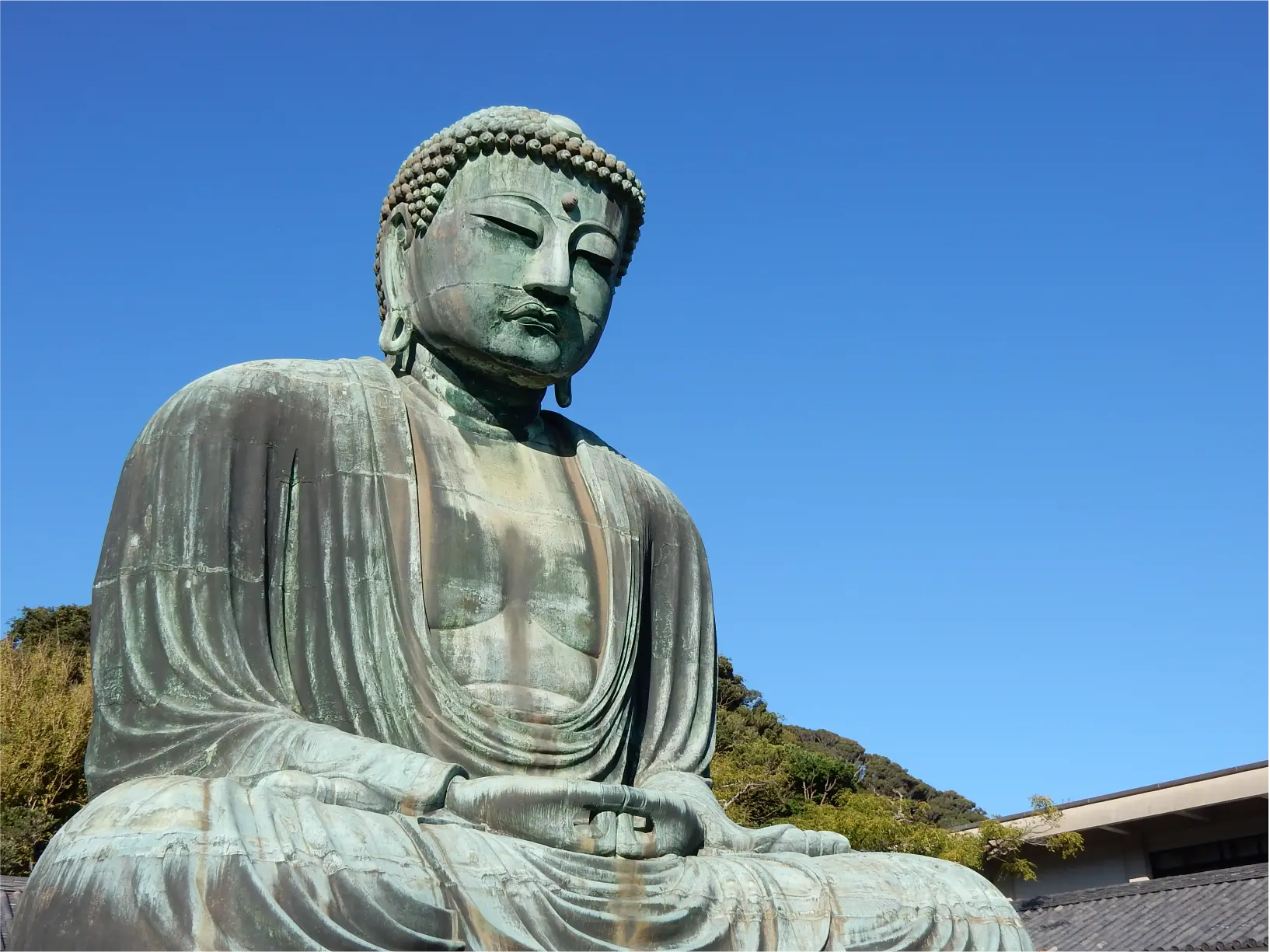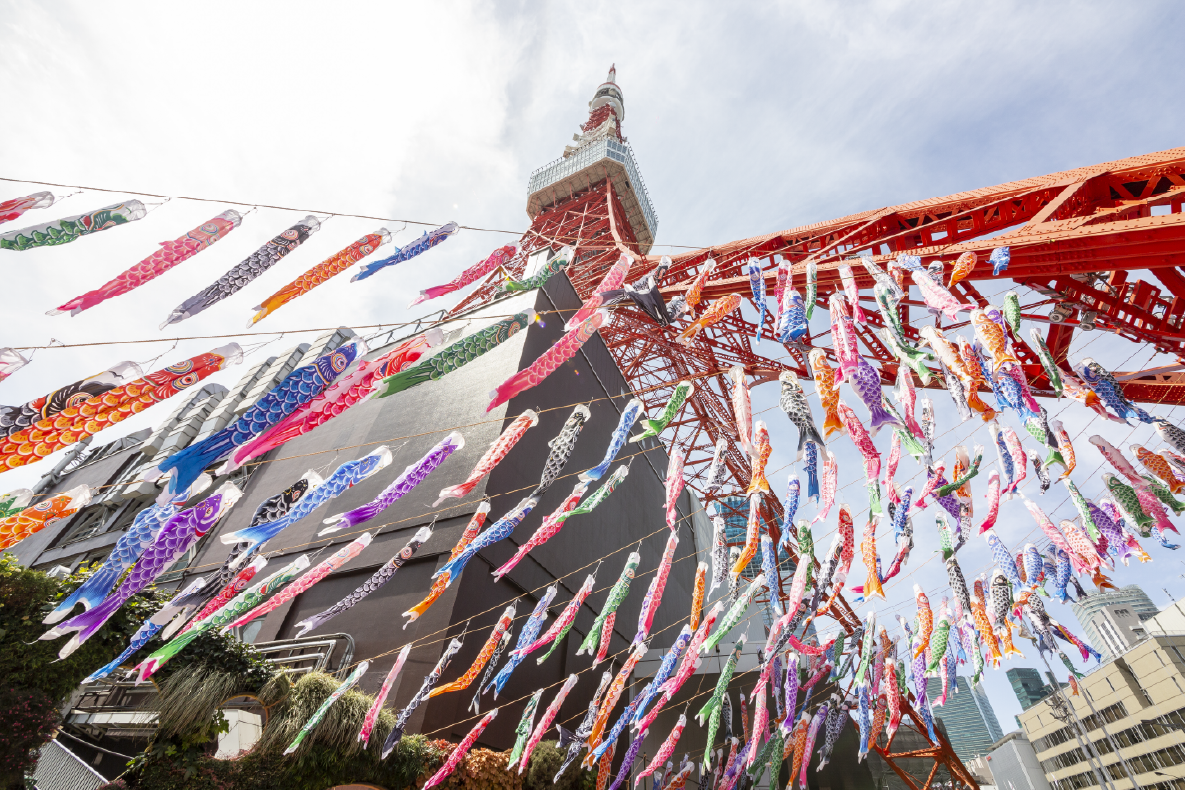Artistic carvings—another must-see feature of aggressive Danjiri Matsuri

A Danjiri Matsuri is a festival in which Danjiri floats, which weigh over four tons, run around the city. The aggressiveness always brings a crazy amount of excitement to the crowd. However, when you look at the floats closely, you’ll notice they also have a very delicate and artistic side.
Danjiri Matsuri are held mainly in southern Osaka. People pull floats called “Danjiri,” and the festival is famous for “Yarimawashi,” in which the floats make turns at the corners of the streets at full speed. However, not so many people know that the floats feature beautiful and delicate carvings.
Actually, it’s no exaggeration to say these carvings are the “main feature” of the festival. With subjects such as myths, war stories, mythical creatures, animals and plants, these carvings are characterized by delicate yet dynamic detail that makes use of the wood grain. Especially, the main part features carvings that depict the world of ancient Japanese stories such as myths and war stories, one of the elements that differentiate one float from another.
These carvings are created by artisans called “Horishi” (meaning “carver”). In this article, we would like to focus on the works of Maeda Woodworks—a leading carving studio that has been making and repairing many Danjiri floats—to learn about their traditional handiwork.
One of Maeda Woodworks’ representative works is the Danjiri float made for Choushouji District in Sakai City, Osaka. It is characterized by many oni (a demonic creature) carved based on an old tale about the Thunder God that has been passed down in Choushouji District.


The float features carvings themed around an old tale unique to the district.
The Danjiri float of Choushouji District also has a carving of a praying mantis because, according to legend, the festival for the year will be free of accidents if a praying mantis flies onto the float’s roof. “Daikugata,” who stand on the roof of floats, are always at risk of accidents. Carving a praying mantis where it can be easily seen from Daikugata reminds people to wish for the safety of the Daikugata and makes the Danjiri float unique.

The praying mantis carved on the float's roof.
The Danjiri float of Kena-cho in Sakai City, Osaka is also one of the representative works of Maeda Woodworks. It was created based on an old tale passed down at Myokokuji Temple located in the city.

The float makers are emotionally involved with this one, as they had hard time coming up with its concept image.
The old tale is about Nobunaga Oda and a sago palm shrub. After Nobunaga transplanted the sago palm from Myokokuji Temple to Azuchi Castle, which Nobunaga build as a stronghold for his attempt to conquer Japan, the sago palm began crying, “Let’s go back to Sakai,” every night. Infuriated by that, Nobunaga ordered his subordinate to cut down the sago palm. However, bright red blood gushed out and the sago palm writhed in agony like a giant snake when the subordinate slashed it. Being creeped out, Nobunaga returned the sago palm to Myokokuji Temple.

The sago palm has been depicted so as to resemble a dragon based on the old tale. It has a deep and impressive structure with six layers.

The traditional techniques make it possible for the dynamic composition and the meticulous detail to coexist.
“Kishiwada Danjiri Matsuri,” the most famous of all the Danjiri Matsuri, is held in September and October every year. Thinking about the passion the towns and artisans put into the carvings, enjoy the gripping and exciting Danjiri Matsuri.
(Information as of August 2023)



